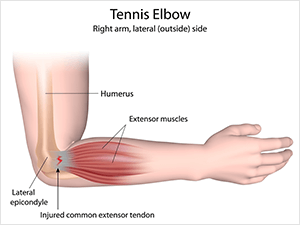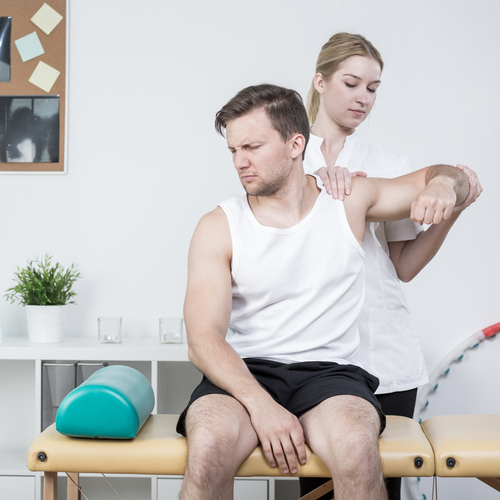+65 6533 0968
WhatsApp +65 9111 5623Mon to Fri: 07:30 - 19:30
Sat: 08:30 - 13:30
- HOME
- ABOUT US
- WHAT WE TREAT
- OUR SERVICES
- View All Services
- Osteopathy
- Musculoskeletal Physiotherapy
- Sports Injury Physiotherapy
- Sports Massage Therapy
- Pilates and Core strengthening
- Women’s Health Physiotherapy
- Running Assessment Programme
- Dry Needling
- Corporate Wellness & Ergonomics Services
- Post-surgical rehabilitation
- Golf Specific Physiotherapy
- WELLNESS AT WORK
- NEWS
- CONTACT US
+65 6533 0968
WhatsApp +65 9111 5623Mon to Fri: 07:30 - 19:30
Sat: 08:30 - 13:30





